India-Latin America Engagements, October 2013
In 'India-Latin America Engagements', the Latin America Desk at Gateway House presents a selection of news of India’s engagement with the region during the previous month
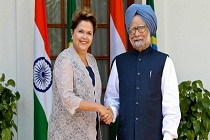 Courtesy: Roberto Stuckert Filho/Wikimedia Commons
Courtesy: Roberto Stuckert Filho/Wikimedia Commons
In 'India-Latin America Engagements', the Latin America Desk at Gateway House presents a selection of news of India’s engagement with the region during the previous month
As India looks to diversify its sources for energy imports and grapples with food security issues, it is looking more towards Latin America. Gateway House interviews Ambassador Deepak Bhojwani to discuss India’s prospects with this increasingly significant region.
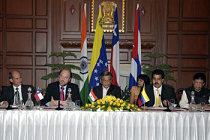 Courtesy: Embassy of India, Venezuela
Courtesy: Embassy of India, Venezuela
CELAC (Community of Latin American and Caribbean States) chose India as its first dialogue partner, expressing its intent to expand trade and diversify. Given the increased political will from both sides, can CELAC be the driver for India-Latin America relations or will bilateral ties maintain the status quo?
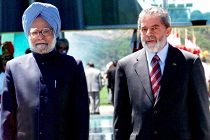 Courtesy: PMO
Courtesy: PMO
India seems to be treading down the path of fruitless populism that crippled many countries in the past, most notably in Latin America. But like Latin America, India too can embark on a course-correction by implementing pragmatic economic policies alongside progressive but results-driven social spending.
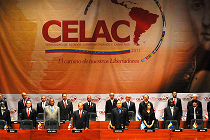 Courtesy: Casa de Gobierno en Argentina/Wikimedia
Courtesy: Casa de Gobierno en Argentina/Wikimedia
The past decade has seen a significant rise in trade and investment flows between India and the Latin American and Caribbean (LAC) region. With an international system in flux, it is time for India and LAC to work together to shape a global order that better reflects current economic realities.
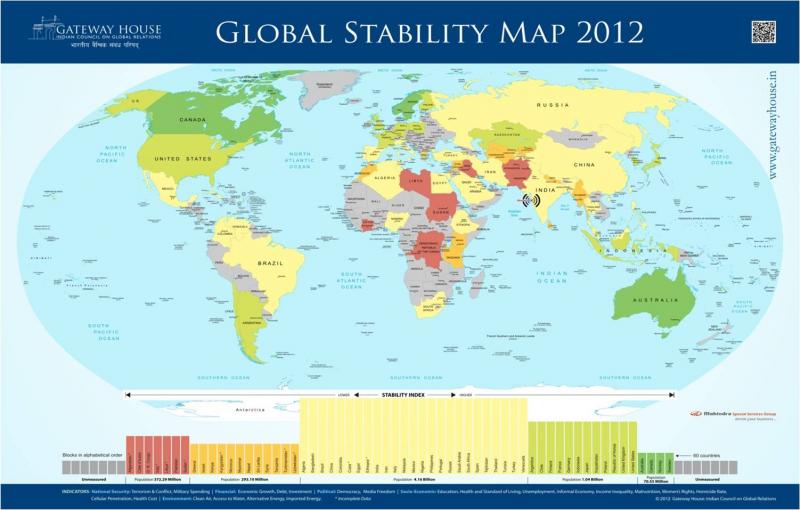 Courtesy: Gateway House
Courtesy: Gateway House
Gateway House prepared a Global Stability Map, using 20 differing indicators, to analyze the stability of 60 countries around the world. Using criteria that are important to the emerging economies of the world, the map provides an Indian perspective of the world today.
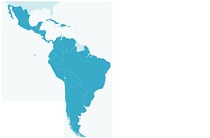 Courtesy: Addicted04/WikimediaCommons
Courtesy: Addicted04/WikimediaCommons
Although India’s trade with Latin America has increased considerably, there is still much potential to be exploited. India’s should adopt an aggressive market oriented strategy by identifying local partners wherever possible to enable Indian companies to penetrate the region.